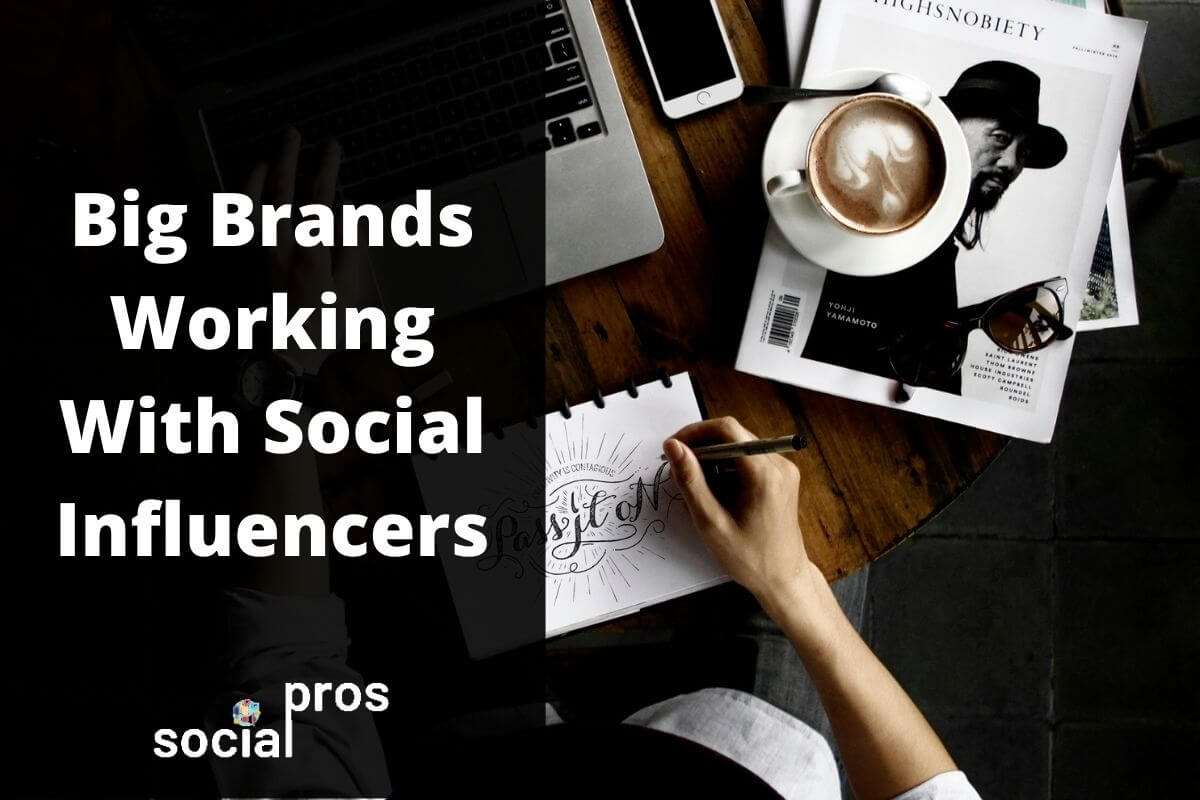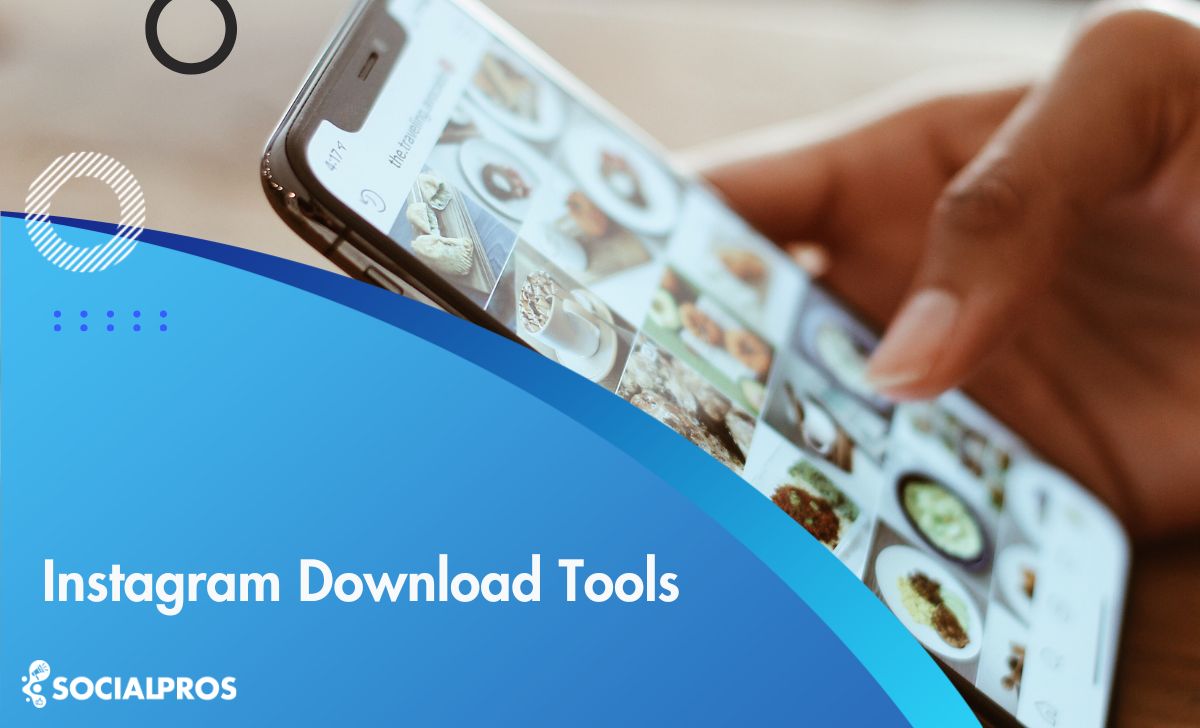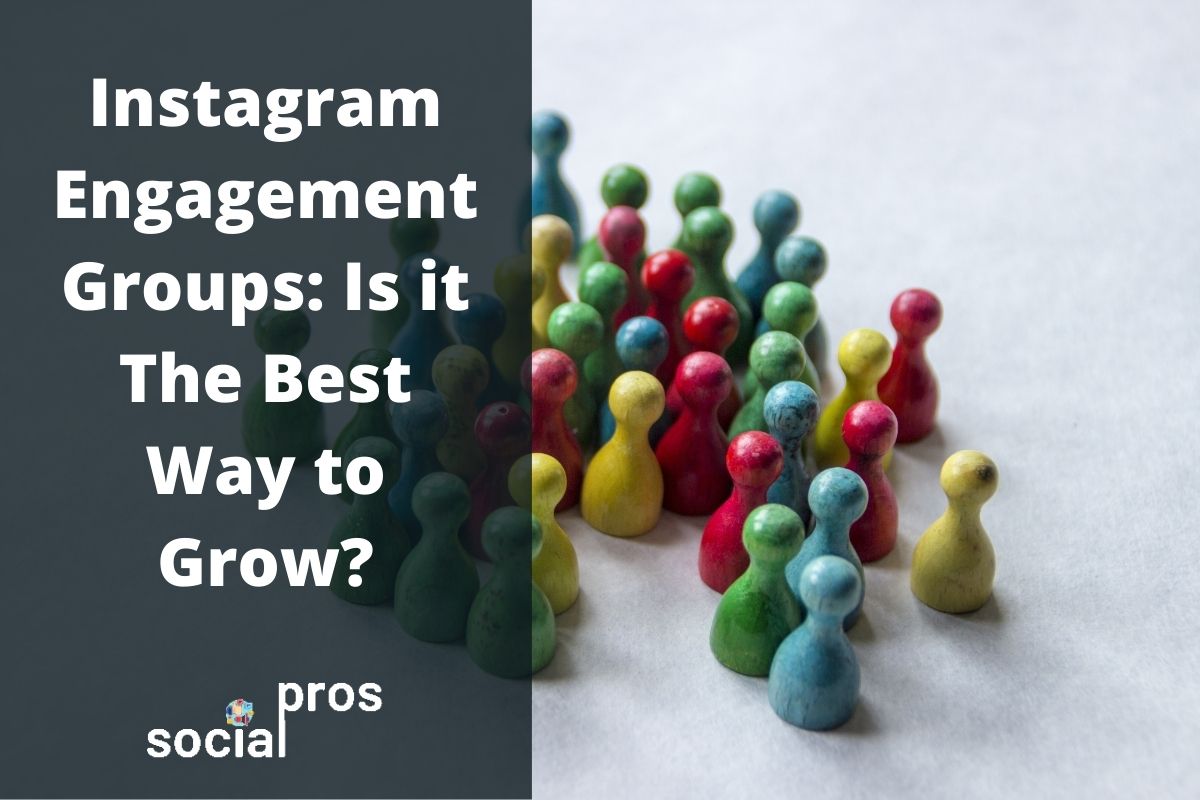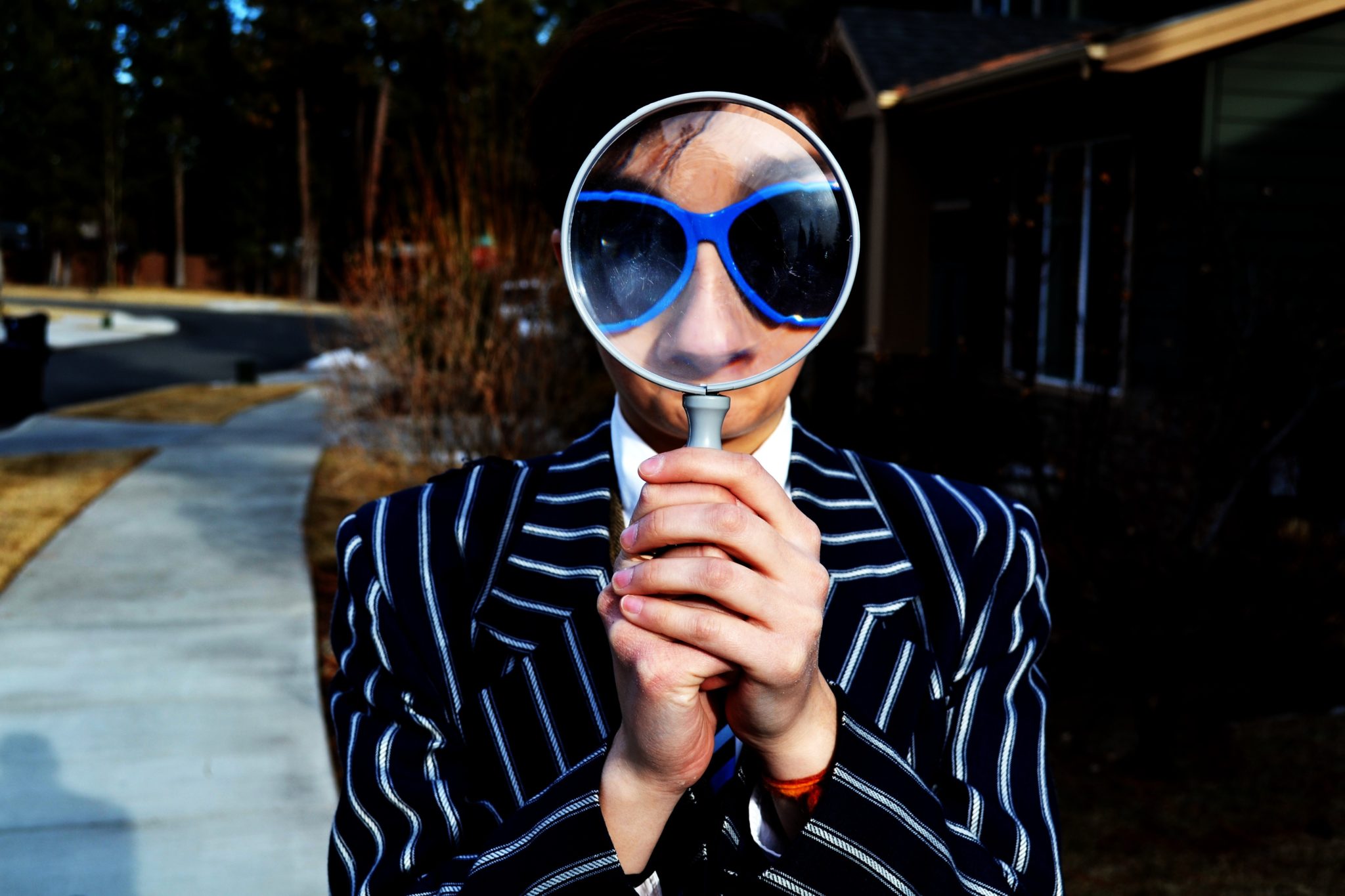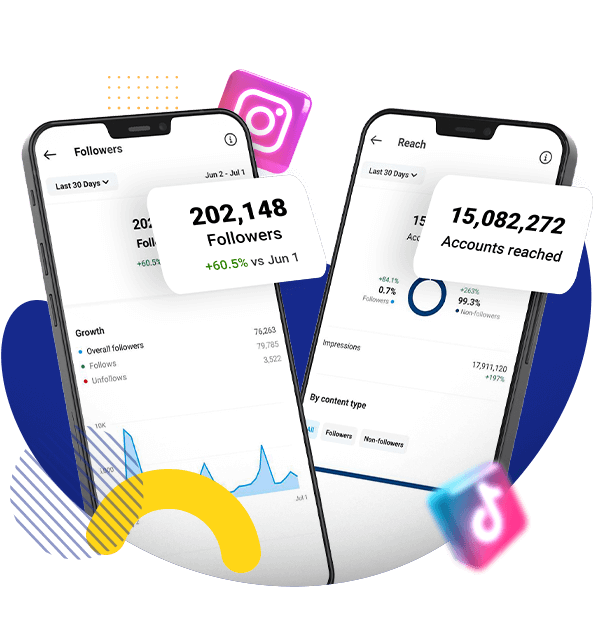Page Contents
As explained by Aprajita Jain, a brand marketing evangelist at Google, a Think with Google study found that 70% of teenage YouTube subscribers relate to social influencers more than to traditional celebrities.
This phenomenon could explain why the marketing departments of big and small companies alike, over 66% of some studies indicate, are turning to people like Instagram influencers to market their brands.
Three Case Studies of Social Influencer Working with Big Brands
Below are 3 case studies, ranging from Youtube vloggers to larger professional brands, successfully demonstrating the use of social influencers on a variety of different platforms.
1- Casey Neistat and Emirates Airline
In 2016, Casey Neistat, arguably the most influential vlogger ever to grace Youtube, was provided a free upgrade by Emirates Airlines to their then-new private first-class suites.
The idea was simple. Through a series of videos with titles like “THE $21,000 FIRST CLASS AIRPLANE SEAT” and “ALL TIME GREATEST AIRPLANE SEAT – Emirates First Class Suite”, Neistat showcased to his then 8.3 million Youtube subscribers the luxury Emirates Airline could provide its customers.
Why it was successful?
Knowing the size of Neistat’s audience, the type of people that typically followed him, and the fact that he was known for documenting his travels, Emirates took the opportunity to showcase their services to eager young entrepreneurs by providing Neistat with an irresistible travel experience.
Neistat made it clear to his audience that Emirates did not sponsor the videos and that he was simply documenting his experience (although Emirates did provide him with a free upgrade to a private first class suite after seeing that he was booked for the flight). Right away, this conveyed a sense of legitimacy in his videos and made it easier for his audience to trust what he was saying.
In addition to being seen by Neistat’s audience, the stunt was also picked up by outlets like GQ, Maxim, Adweek, Mashable, and The Huffington Post, spreading its reach even further.
To date, the videos combined have around 100 million views. Not bad for one free ticket upgrade.
2- Fashion Company PrettyLittleThing

How often do you wish that you had access to the same clothing or accessories like your favorite celebrities? If PrettyLittleThing’s success is any indication, pretty often.
The fashion company researches what popular social digital influencers are wearing (Kardashians, for example), recreates the clothing or accessories themselves, and markets them back to followers of these influencers.
Why it is successful?
By researching what influencers are wearing and their followers’ reception, PrettyLittleThing knows by the time that it creates a piece of clothing or accessory that there is a demand for it.
PrettyLittleThing doesn’t have to pay influencers to market their products, and influencers don’t have to chance losing credibility from sponsored posts. PrettyLittleThing simply markets their products as “Look like Kendal Jenner!”, and customers benefit from feeling connected to their favorite influencers.
Nick Offerman and Diageo
In 2015, Scottish Whisky company Diageo won a Shorty Award for Best Influencer Marketing Campaign for a video of Parks and Rec star Nick Offerman casually sipping on whiskey in front of a fireplace for 45 minutes straight.
Why it was successful?
Generally speaking, whiskey possesses a very old-school connotation. It’s a drink a 1950s father might drink after a 12-hour shift as a prison guard. While Diageo acknowledged this, they wanted to make whiskey approachable to a younger demographic.
More specifically, they wanted to:
- Drive cultural relevance to emphasize that single malt whiskey is an approachable category for the younger consumer
- Recruit new, younger single malt whiskey consumers by inserting the brand into the social conversation
- Drive content views and increase YouTube channel subscribers
Since taking on the role of Ron Swanson in NBC’s Parks and Rec, Offerman had become known for his portrayal of rugged, old-school masculinity. However, what made him perfect for Diageo’s mission was not simply his masculinity, but also his ability to appeal to a younger demographic with silliness and absurdity.
As detailed by The Shorty Awards, the video was a huge success, boasting such accolades as:
- Over 175 stories nationally garnering 840 million earned media impressions
- Companies including Sony, Tumblr and Go Daddy as well as consumers streamed (and posted) Yule Log
- 1 Million YouTube views in two days which then increased to 2 Million views in one week (before paid media)
Final Words
Do you know any brands that successfully used social influencers? Have you worked with social influencers yourself? Please share in the comments!

